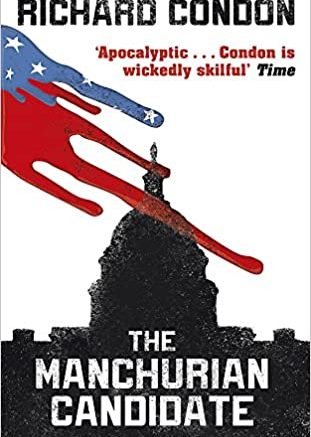The Manchurian Candidate tells a completely implausible story – or does it?
Following his capture by Soviet troops during the Korean War, a U.S. soldier named Raymond Shaw is brainwashed and turned into the perfect killing machine. Ultimately, his mission — eight years in the future — is to assassinate a leading American political figure (using a Soviet sniper rifle). This would put the candidate favoured by the Soviets and Communist Chinese into the White House.
Within four years of its publication, the book was seen as prescient following the assassination — by sniper — of President John F. Kennedy. That assassin, Lee Harvey Oswald, had lived for some time in Soviet Russia, though no one alleged that he had been brainwashed into carrying out the attack.
More than a half century later, some saw parallels to The Manchurian Candidate in the allegations of post-Soviet Russian interference in another U.S. presidential election.
But even without those examples, the book’s completely bonkers idea that a person could be programmed to become an assassin is less crazy than it might appear. Early in the book, one of the leading characters, a Chinese scientist who is demonstrating to his Soviet and Chinese superiors the success of his method, cites a number of articles and books that back up his theory. And the truly strange thing is this: all the books and articles he cites are real, and we can read them today.
Interestingly, during the Second World War there were some suggestions that this could be done, and that at least one high-profile Nazi held in Britain might be “hypnotised” into returning to Germany and assassinating Himmler. But it was never tried.
The author, Richard Condon, was probably not suggesting that one could (or should) turn people like Raymond Shaw into robotic killing machines. His book is more of a satire of the Cold War and American politics of the McCarthy era (with Shaw’s step-father cast as the McCarthy figure).
But it does make one think.
